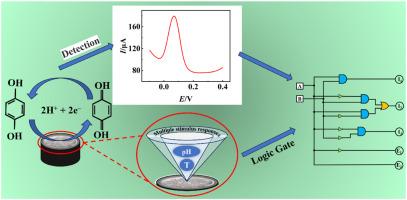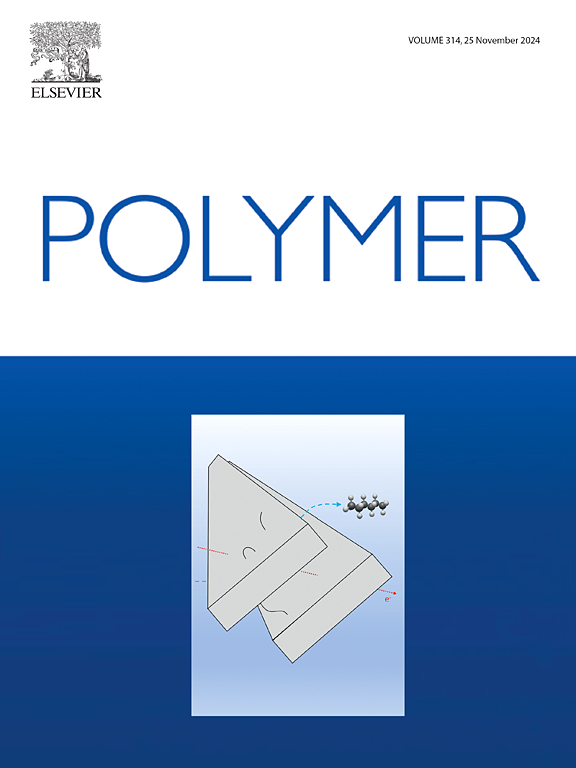Detection of Hydroquinone in Carboxylated Multi-walled Carbon Nanotube/Poly(N,N-dimethylacrylamide) Binary Structured Films and Study of Logic Gate System
IF 4.1
2区 化学
Q2 POLYMER SCIENCE
引用次数: 0
Abstract
The detection of hydroquinone (HQ) plays a vital role in human health and protecting the ecological environment. This study constructed an electrochemical biosensor for detecting HQ by preparing carboxylated multi-walled carbon nanotubes (c-MWCNTs) and poly(N,N-dimethylacrylamide) (PDEA). Due to the introduction of a large number of carboxyl groups (–COOH) into MWCNTs, the dispersion of MWCNTs in water and polar solvents has been greatly improved, and the interface interaction between MWCNTs and other substances such as inorganic particles and biological small molecules has been enhanced. Because of its good conductivity, large specific surface area, and excellent electrochemical stability, c-MWCNTs can significantly improve the electrochemical reaction activity on the electrode surface and the transmission efficiency of sensing signals, thus improving the detection sensitivity of the target substance HQ. Furthermore, a PDEA/c-MWCNTs hydrogel films were formed by combining c-MWCNTs and PDEA. In addition, by combining c-MWCNTs and PDEA to form a PDEA/c-MWCNTs hydrogel film, it can not only improve the detection performance of HQ but also enable the sensor to exhibit intelligent switchable properties, further extending to the construction of logic gate systems, realizing complex signal processing functions of multiple inputs and multiple outputs.

求助全文
约1分钟内获得全文
求助全文
来源期刊

Polymer
化学-高分子科学
CiteScore
7.90
自引率
8.70%
发文量
959
审稿时长
32 days
期刊介绍:
Polymer is an interdisciplinary journal dedicated to publishing innovative and significant advances in Polymer Physics, Chemistry and Technology. We welcome submissions on polymer hybrids, nanocomposites, characterisation and self-assembly. Polymer also publishes work on the technological application of polymers in energy and optoelectronics.
The main scope is covered but not limited to the following core areas:
Polymer Materials
Nanocomposites and hybrid nanomaterials
Polymer blends, films, fibres, networks and porous materials
Physical Characterization
Characterisation, modelling and simulation* of molecular and materials properties in bulk, solution, and thin films
Polymer Engineering
Advanced multiscale processing methods
Polymer Synthesis, Modification and Self-assembly
Including designer polymer architectures, mechanisms and kinetics, and supramolecular polymerization
Technological Applications
Polymers for energy generation and storage
Polymer membranes for separation technology
Polymers for opto- and microelectronics.
 求助内容:
求助内容: 应助结果提醒方式:
应助结果提醒方式:


